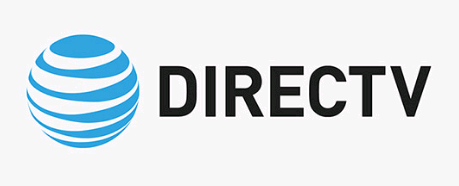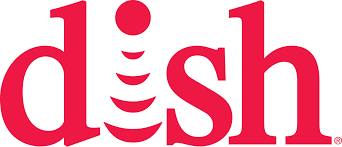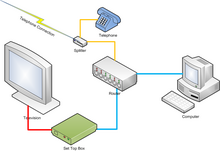Satellite TV vs IPTV vs Cable Television
We watch TV programs almost everyday. All we know is turning on our TVs and perhaps also set-top-box. Then, TV programs come right in. Our topic today is a general overview on how TV programs are being transmitted to our TVs.
Besides traditional antenna broadcasting in either analog or digital form, TV stations have 3 more channels to distribute programs. They are satellite, IPTV and Cable Television. The only difference is the media that signals pass through.
Satellite TV
TV stations send programs to an uplink facility for transmitting signals via uplink satellite dish. Then the signals go up to space radio station or so-called DVB satellite and re-transmitted back down the earth. A hyperbolic shape reflector antenna picks up the signal and send it to satellite set-up box or tuner, which is connected to our TV. This broadcasting scheme is suitable for areas where it is hard for IPTV, Cable TV and traditional antenna broadcasting to reach. Examples of satellite TV providers are DirectTV and DiSH network.
In recent years, Full-HD and 4K video streams are being compressed without losing video quality by H.264 and H.265 technology. Now, it is possible for satellite signal transmission to carry the video stream reaching DVB satellite. Therefore, it is possible for us to watch Full-HD or even 4K video through DVB tuner.


However, there is downfall on this transmission method:
- Occasional sun outage weakens satellite signal picked by our satellite dish.
- You need to subscribe access from satellite TV companies individually because one satellite may not cover all of your favor channels.
- You need to hire technicians or DIY to tune your dish on the roof. It might take a lot of time tuning dish orientation.
- Satellite dish is weather-sensitive due to strong wind or heavy storm. Dish orientation may be off or the dish may even be blown away.
- Satellite TV programs are region-specific. If you are located on western hemisphere, then you will not be able to receive signals that are broadcasted in the eastern hemisphere.
IPTV
As its name applies, IPTV (aka Media On Demand or Video On Demand) programs are transmitted through Internet traffic. Usually, your ISP handles the service along with Internet access and IP phone as a package deal, known as Triple Play. Major TV channels are transmitted from TV station to ISP so are some of the satellite TV channels. Then, ISP relays TV programs right to your door. How do you watch these programs? You hook up a VOD(video on demand) set-up box to your ADSL or fiber optic modem via RJ45, and there is another HDMI cable between the set-up box to your TV. IPTV is usually readily available as long as you have Internet subscription at home. Examples are Google Fiber and Movistar TV.

Since ISP is collecting a lot of Full-HD programs, IPTV covers a wide range of TV channels in 1920x1080p. Typically, ISP will provide all gadgets you need to watch TV once the set-up box is hooked up to both network and your TV.


IPTV offers advantages that satellite TV does not:
- Basic subscription covers a lot more channels than one single satellite provides
- Service providers usualy have package deals on popular TV programs
- There is no hassle to fine tune signal for image stability, sort wiring from roof top, and collecting satellite channel info
- Lower cost that covers TV, Internet and IP phone
Cable Television
Cable Television has been around for decades since 1940s. Like ISP, cable television service providers collect TV channels from various TV stations and broadcast signals to subscribers. It used to be analog RF signals and video quality was low. After year of 2000, TV broadcasting system gradually evolves into digital form around the globe. TV resolution is going up to 1920x1080p and more channels join the network. Examples are: Comcast Cable and Charter Communications.
Around year of 2000, cable television companies start to provide Internet service that is shared by cable television subscribers in neighbor community.If some of the households is consuming too much Internet bandwidth resource, then rest of the subscribers will suffer from slow Internet access.


Seemingly, today’s IPTV and cable television services are similar but there is still difference:
- IPTV users have all bandwidth assigned by their dedicated ADSL or fiber optic network while cable television customers share bandwidth among subscribers in the community neighborhood.
- Cable television provides more TV broadcasting channels while IPTV offers more channels that are exclusively available on Internet
- 4K quality broadcasting service is currently not available in cable television. It is only provided by IPTV providers such as Hulu Netflex or Amazon.
By: CJ

